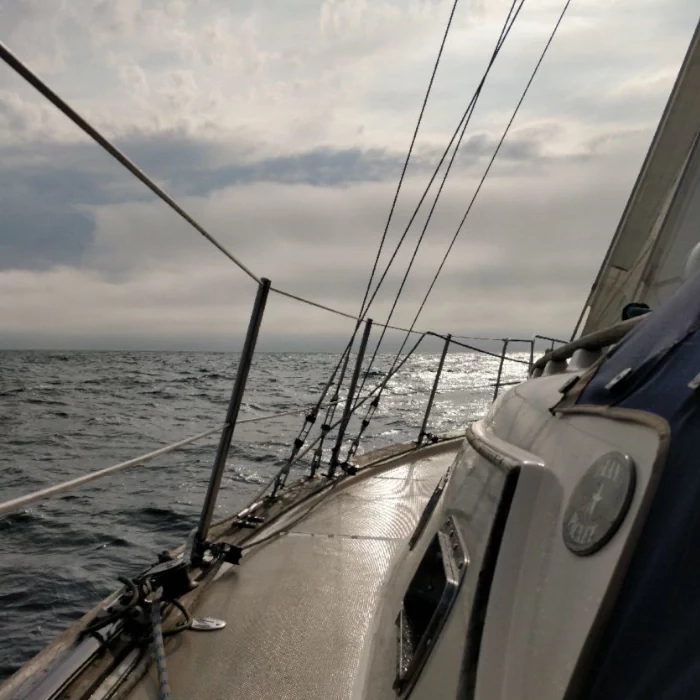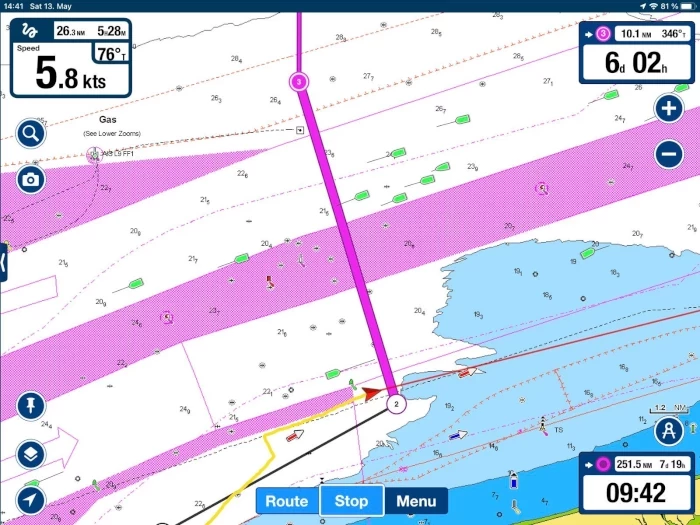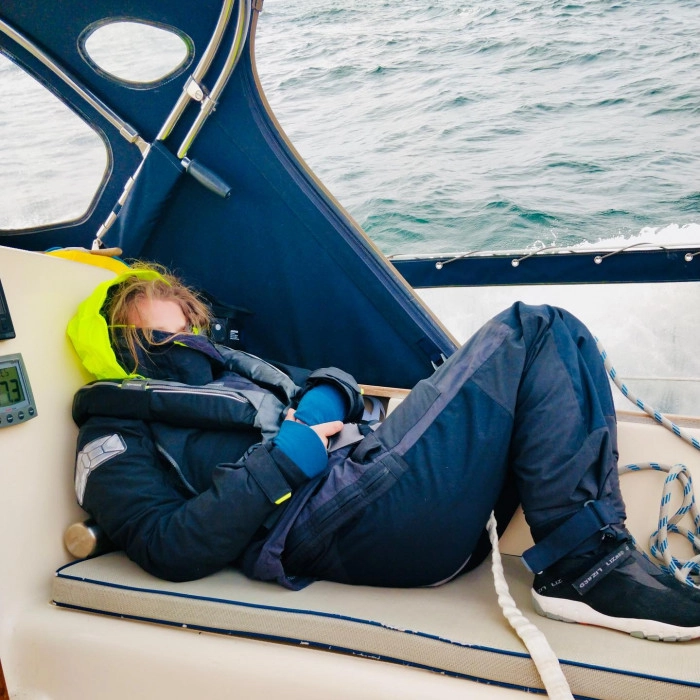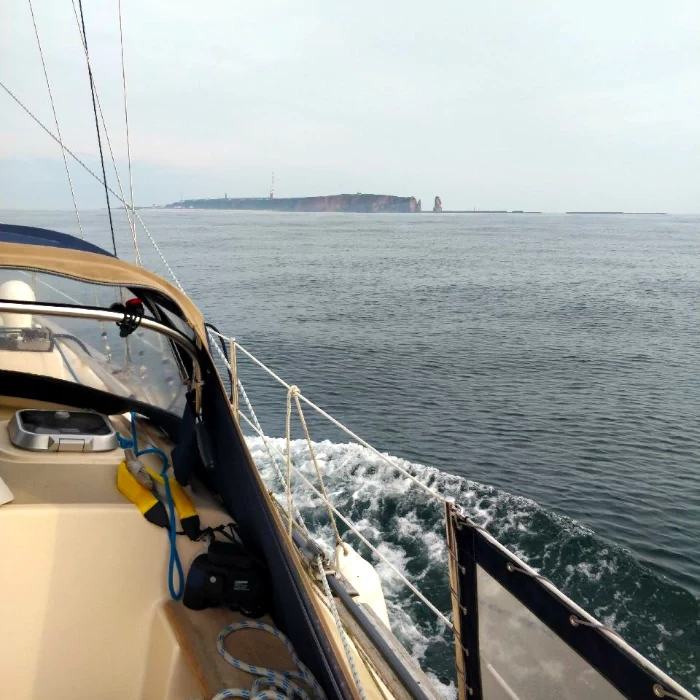
Unforeseen: Defying wind and waves
May 23, 2023We chose the Wadden Island of Terschelling as our starting point from the Netherlands to Denmark/Sweden. We only intended to stay here for only two or three weeks. But the weather – the wind to be precise – and our batteries wouldn’t allow it. The wind was constantly blowing from the north to the north-east and all the batteries were dead, house bank and starter.
So we took the opportunity to change our house bank to LiFePO4. But that meant a lot of research, ordering tools and materials online, waiting for the parcels to arrive, installing, realising something is missing and ordering again and so on. Consequently, our time on Terschelling stretched unexpectedly to approximately six weeks, straining our budget significantly because of the harbor fees (37€ per day for a 35ft boat with 2 persons). So slowly we had to resume our journey.
The weather forecast for May 13th for sailing to the Limfjord was good. About 15 knots of – still – northerly wind and waves < 1 meter to start with. The next day it was supposed to turn easterly and become calmer.
But shortly after departing we realized the wind blew more than 20 knots and the North Sea with its short and steep (definitely higher than 1 meter) waves gave us a hard time. We both got a bit seasick, but we pushed on to cross the two traffic separation schemes.

Shortly after passing the first one (TSS Terschelling), an oil platform called out to us on VHF and asked if we were aware that there was a 500m exclusion zone around it. The distance to the platform was 1.2nm at the time. We said no, we didn’t know but that we would change our course accordingly. He thanked us and wished us a safe journey. After sunset we passed the second traffic separation scheme (TSS German Bight Western Approach).
A day had elapsed, leaving us exhausted. We had been motoring all day and night against the wind and waves to cross the traffic separation schemes. This was not planned. According to the weather forecast, we could not sail but would have to motor more to reach Thyborøn. But we do not have enough diesel for another two more days of motoring.

We decided to head for Helgoland.
At first light of the next day we switched off the engine and hoisted the sails, as the wind was now more favourable for the Helgoland course.
But after ten hours of sailing the wind had completely died down. We turned on the our trusty engine back on and then after 33 hours of motoring and sailing Helgoland was in sight.

It was 8 pm when we reached the harbour of Helgoland. The pontoon was full and so we rafted up to another boat and soon fell asleep. The next morning we had to get up at 7 am to move the boat. The boat we were rafted up to, had to leave early to catch the tide.